Maca
The maca root whose scientific name is Lepidium meyenii Walp. o Lepidium peruvianum is a plant of Peruvian origin that is located within the botanical family of Brassicaceae and was described by Gerhard Walpers in 1843. It is also popularly known as andean maca or Peruvian maca and grows near or under the ground, which provides protection to the hypocotyl of the plant that grows inside it and the reason why it is so potent.
There is evidence to show that maca was consumed by pre-Inca communities. Later it was employed by the Incas, who considered this tuber as a gift from the gods for its goodness and therefore used it as food and religious ceremonies. During the conquest of Peru, maca was used as food for animals brought from Spain. These animals had problems for reproduction due to the height, so the Indians suggested that the Spaniards feed their animals with maca. Seeing the health benefits of the animals they brought, the maca then became a food highly valued by the conquistadores, who demanded it as a tribute.
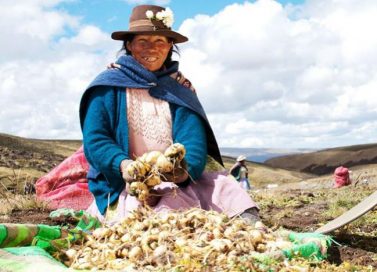
Maca is grown in cold areas above 4,000 m above sea level. Its cultivation is restricted to the Andean regions of Bolivia, Chile and Peru, with Peru being the main producer, where it has been cultivated for more than 2,000 years. It is a plant with great resistance to desiccation, water stress, low temperatures (tolerates temperatures up to -7 ° C) and high ultraviolet radiation, which makes it a very resistant plant to adverse conditions.
Benefits
There are many health benefits attributed to maca, so it is recommended to treat problems such as anemia, for chronic fatigue syndrome, to improve energy, endurance, sports performance and memory. People also ingest different types of maca for hormonal imbalances, for menstruation problems, for menopause symptoms, to stimulate fertility and increase sexual desire, for osteoporosis, for brain function and to boost the immune system.
Nutritional Contribution of Maca
In addition to all its properties and benefits maca has a high nutritional value, as it provides essential nutrition elements, which makes this product a Superfood. Maca contains a large number of vitamins, which include vitamins B1, B2, B3, B6, C, E, contains minerals and trace elements such as iron, calcium, zinc, manganese, magnesium, potassium, phosphorus, copper. It also contains all essential amino acids except tryptophan, contains omega 3, 6 and 9 fatty acids, linolenic acid, palmitic acid and oleic acid. It also contains to a lesser extent phytosterols, alkaloids (macaina 1, 2, 3 and 4), isocyanates, glucosinolates, flavonoids, saponins, macacides and alkalides.
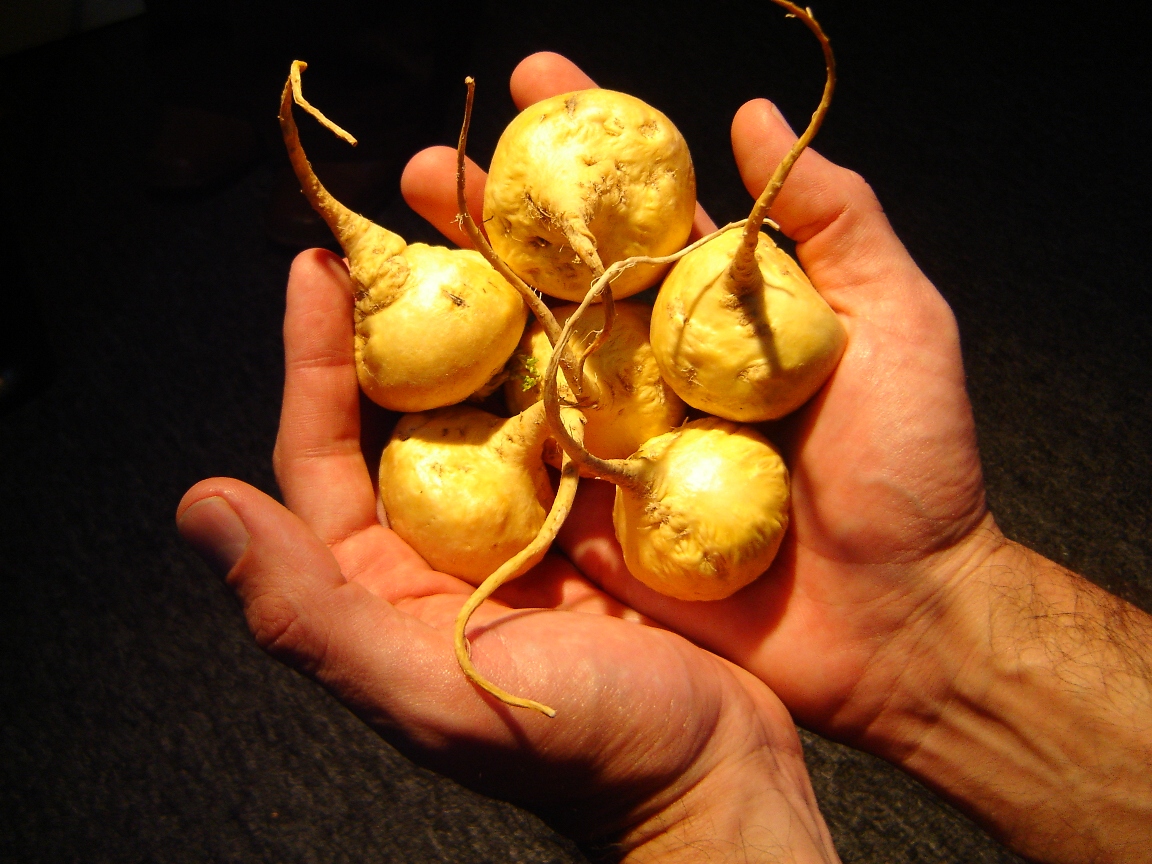
The tuber or hypocotyl has a high content of nutritional value since it is rich in vitamins, minerals, fatty acids, amino acids; and constitutes the tuber with the highest protein and calcium content that exists. Due to its nutritional content and its energizing and invigorating properties, it was consumed by the Chinchaycochas inhabitants during the battles.
Who are most favored with the consumption of maca?
Yellow maca is mostly consumed by women for its benefits during menopause. In addition, the yellow maca also promotes blood flow, strengthens the bones and increases the beauty of the skin and hair. These benefits are due to the increase in estradiol, together with the fact that yellow maca increases the thickness of the skin at a microscopic level, protecting it from ultraviolet rays, hence it is widely used in the production of cosmetic products. It can be consumed even by children because its high calcium content stimulates bone growth and is useful for injuries such as fractures, recommended for people with rickets and osteomalacia. For athletes this supplement also represents an alternative to increase physical and mental performance, without using doping.
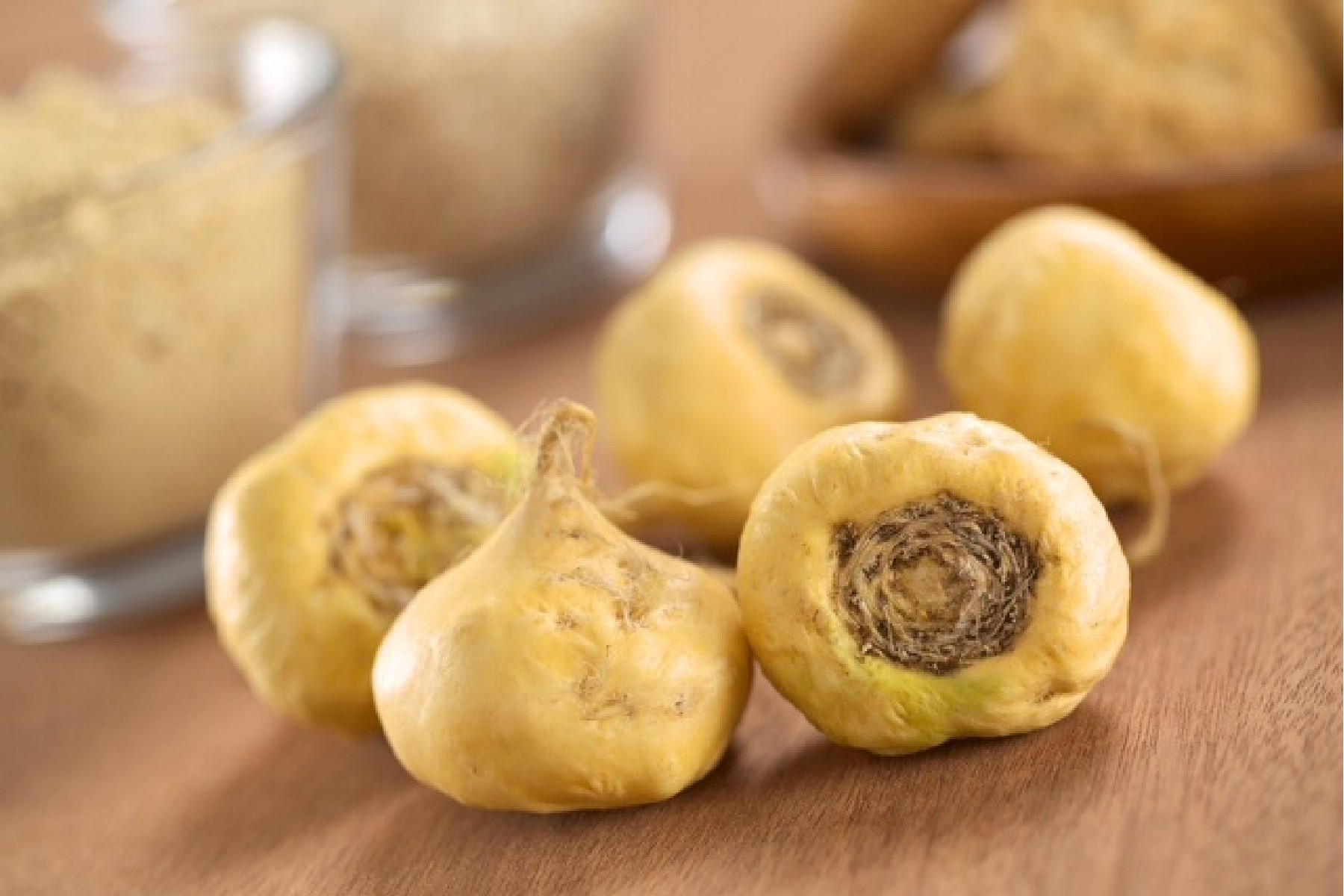
The consumption of yellow maca brings many health benefits, as it is involved in hormonal re balancing and in the thickening of the endometrium avoiding embryonic loss in women. This product has countless benefits for women’s health as it improves the effects of menopause such as hot flashes, vaginal dryness, night sweats, insomnia, as well as an increase in bone density, preventing the suffering of arthritis and osteoporosis. In addition, it can be used as a replacement for hormone therapy used by traditional medicine, as it prevents the decrease of estrogens in postmenopausal women, since it increases the production of estradiol.
Varieties of Maca
There are several ecotypes (plants of the same species that have different habitats) or varieties of maca, and they differ fundamentally by the color of the tuber, ranging from white to black. Although they also differ in glucosinolate content, red maca being the one with the highest concentration of this compound. 13 varieties of maca have been described, among which the best known for their properties are yellow maca, red maca and black maca. The main differences between the three types of maca, lie in their biological properties and as a consequence in their use. These biological properties are derived from the areas where maca is grown, which influences the metabolites present in each ecotype. Different studies have shown that yellow, red and black maca differ in the concentrations of macamides, glucosinolates, alkaloids, sterols, amino acids, organic acids and fatty acids.
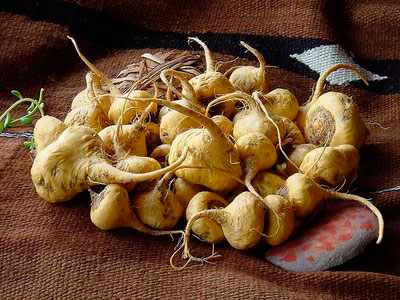
Why Yellow Maca?
Yellow maca represents 60% of the annual maca crop in Peru. It is known as a natural energizer for its properties to increase performance in athletes and students. Other properties of yellow maca are its anti-stress properties and in increasing bone density. Given its properties, the consumption of this plant brings many health benefits because it increases fertility, improves mood, increases physical and mental performance as it has invigorating, regenerative, stimulating and energetic properties. These properties are given by the characteristics of its components that have potential to increase the transport of oxygen in the blood and thus avoid the hypoxia of the cells. This makes yellow maca a nutritional supplement highly consumed by athletes and bodybuilders.
How is it consumed?
Due to its beneficial properties, this tuber is currently consumed to improve various health problems. Its form of consumption is dry and micro-pulverized, and added to other foods or ingested as an infusion or in shakes. It is also marketed in the form of powders, tablets, capsules, instant mixes, spirits, toffees and extracts.
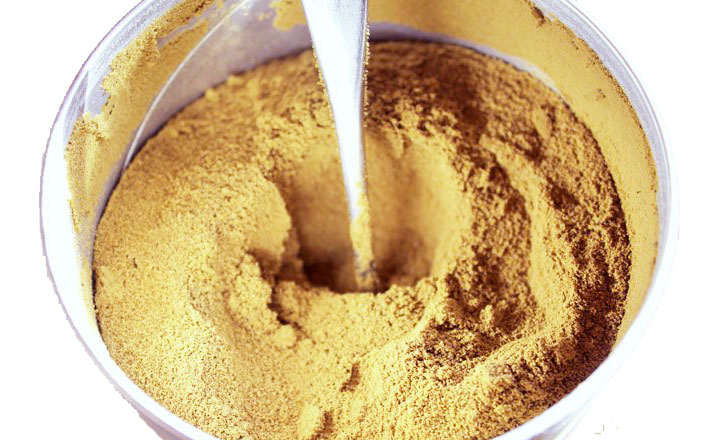
Maca has been cultivated since pre-Columbian times for its known beneficial effects on health. It is currently considered a superfood because of its high nutritional value and multifarmacological functions. This has brought increased interest in this natural product and the number of studies conducted to evaluate its properties as well as the number of sales of this product internationally.





